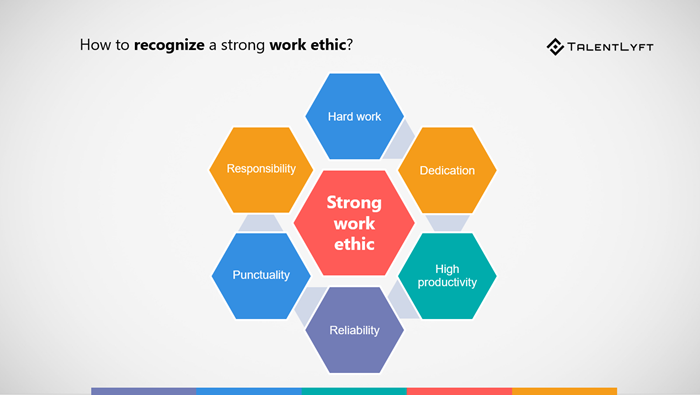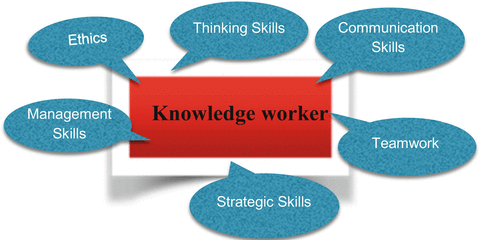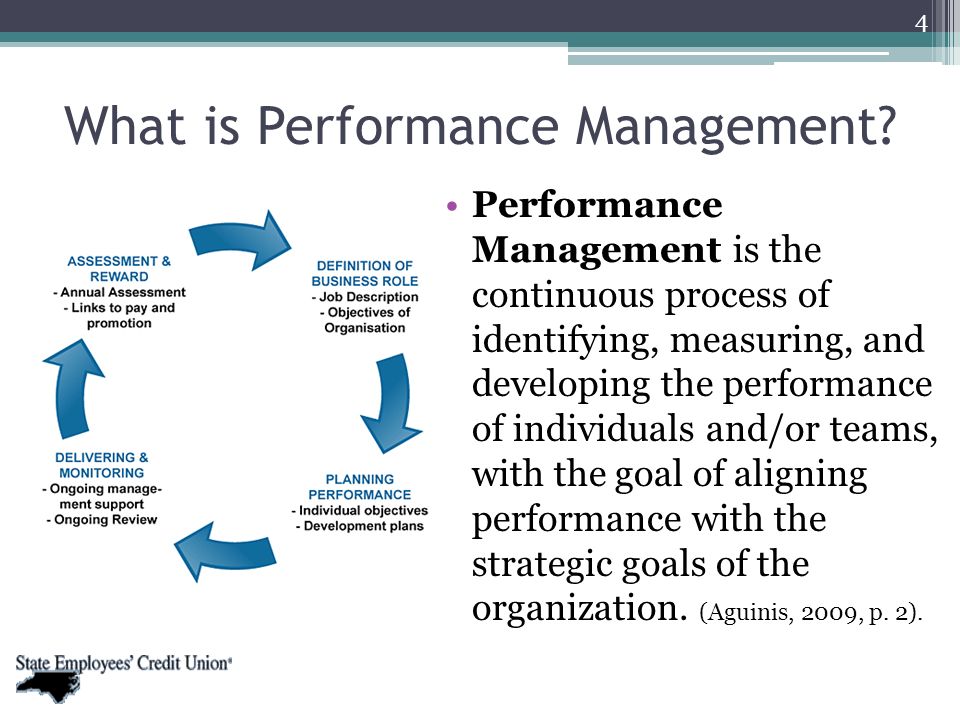ETHICAL MANAGEMENT


In any civilized society, the ethical
management is the most imperative requirement which should be maintained in an
organization, department, team, school, hospital as well as in a family etc.
Ethical management is a process of maintaining values, Exercise integrity, honesty, diligence and appropriate behavior securing the reputation as well as the freedom of themselves and other selves too. If ethical management is properly in placed within the organization, we can observe codes; policies and procedures as well as relevant training are implemented. At the same, we identify that the importance of tendency to follow these guidelines by employees to avoid and minimize the unethical behaviors securing the professionalism at all times.
According to the article of ‘8 guidelines for managing ethics in the work place’ in Free Management library it is important to ‘integrate ethics management with other management practices’. The article mentions that ‘when developing the value statement during strategic planning, include ethical values preferred in the work place. When developing personal policies, reflect on what ethical values you’dwish to be most prominent within the organizations' culture then design policies to supply these behaviors.'
Involvement of employees in developing and operating ethical management programmes makes more success as employees tend to feel the ownership of same.
Ethical management is a process of maintaining values, Exercise integrity, honesty, diligence and appropriate behavior securing the reputation as well as the freedom of themselves and other selves too. If ethical management is properly in placed within the organization, we can observe codes; policies and procedures as well as relevant training are implemented. At the same, we identify that the importance of tendency to follow these guidelines by employees to avoid and minimize the unethical behaviors securing the professionalism at all times.
According to the article of ‘8 guidelines for managing ethics in the work place’ in Free Management library it is important to ‘integrate ethics management with other management practices’. The article mentions that ‘when developing the value statement during strategic planning, include ethical values preferred in the work place. When developing personal policies, reflect on what ethical values you’d
Involvement of employees in developing and operating ethical management programmes makes more success as employees tend to feel the ownership of same.
Maintaining a sound ethical culture of an organization
reflects about what a company values. Ethics codes are one way to express the
prevailing values and outlines guideposts for same.

Practices can be suggested for ethical
management in the organization…
Be a role model and be visible
Communicate ethical expectations.
Offer ethics training.
Visibly reward ethical acts and punish unethical ones.
Provide protective mechanisms.
Be a role model and be visible
Communicate ethical expectations.
Offer ethics training.
Visibly reward ethical acts and punish unethical ones.
Provide protective mechanisms.
Practices can be suggested for ethical
management in the organization…
Be a role model and be visible
Communicate ethical expectations.
Offer ethics training.
Visibly reward ethical acts and punish unethical ones.
Provide protective mechanisms.
Be a role model and be visible
Communicate ethical expectations.
Offer ethics training.
Visibly reward ethical acts and punish unethical ones.
Provide protective mechanisms.
ConclusionAn ethical workplace culture is one that provides priority to employee rights, fair procedures, equity in pay
and promotion, promotion of tolerance, compassion, loyalty and honesty within the treatment of customers and employees, and the ethical pursuit
of profit. When employees respect the principles of conduct and feel fairly treated by management, they start to trust managers and internalize the company’s values as
their own. It cause to make becomes embedded in the workplace culture. If
stockholders and potential investors trust management and believe they are
committed to ethics, they are more likely to invest.

References
Free
Management Library. 2010. 8 GUIDELINES FOR MANAGING ETHICS IN THE WORKPLACE.
[ONLINE] Available at: https://managementhelp.org/blogs/business-ethics/2010/11/27/8-guidelines-for-managing-ethics-in-the-workplace/. [Accessed 8
January 2020].
www.stevenmintzethics.com.
2017. The Role of Management in Establishing an Ethical Culture. [ONLINE]
Available at: https://www.workplaceethicsadvice.com/2017/06/the-role-of-management-in-establishing-an-ethical-culture.html. [Accessed 8
January 2020].










